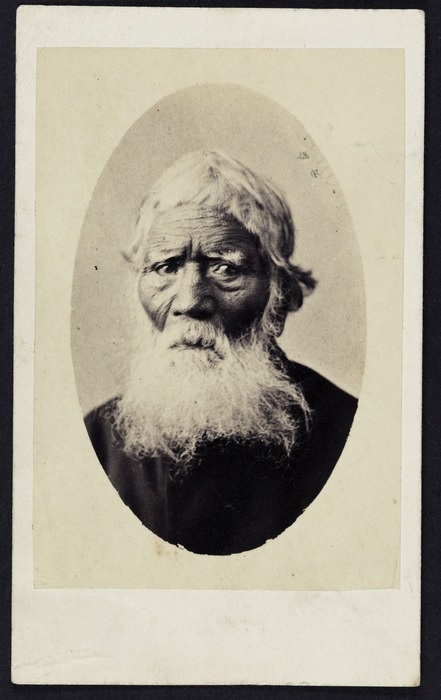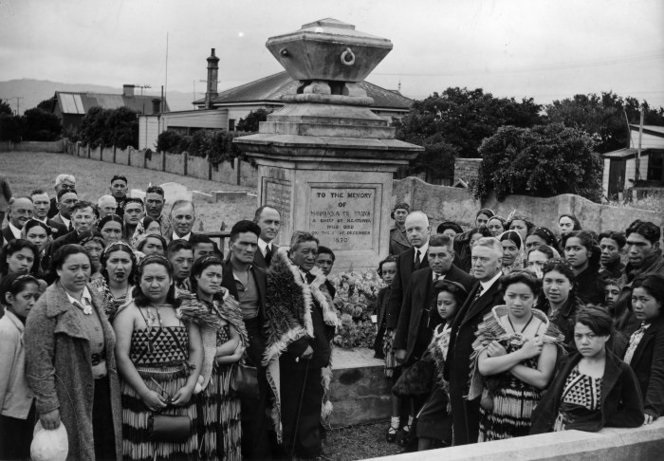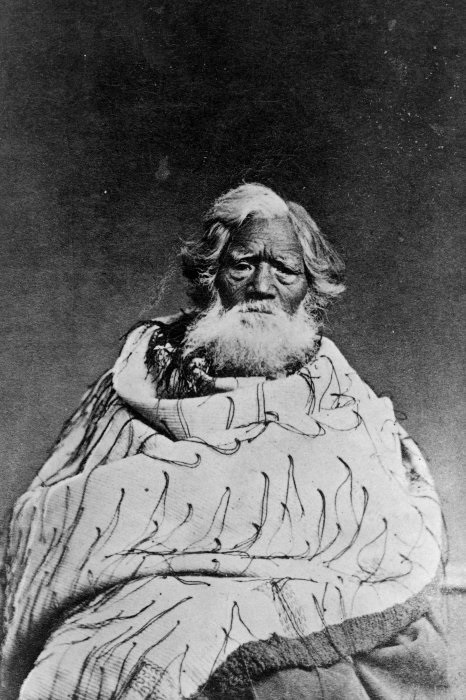











Before Puni St was developed, the area was part of a comprehensive sports ground. Sydney Augustus Berkeley Capel was a landowner in the Fitzroy area in the late 19th century and a great sports enthusiast. "Captain" Capel was involved in the Star Rugby Club. With other supporters, he developed the Fitzroy Associated Sports Ground for athletics, cycling and club rugby and leased the ground to the rugby club at a peppercorn rental.
In 1898 a small grandstand was built and in 1900 the Taranaki rugby team played Otago there. The clay cycling track was good enough for visiting Australian riders to compete on it. The ground hosted a regular Easter Monday sports meeting that attracted crowds of up to 2000 and included events for prize money. At Capel's death in 1899, the ground fell into disuse and the land was sold off to be sub-divided.
Puni St was named after Hōniana Te Puni (also known as Hōniana Te Puni-kokopu), an enterprising Te Āti Awa chief who travelled south from Taranaki and established a settlement in the Petone beach area of Wellington in the early 1830s. Te Puni could be considered one of New Zealand's earliest property dealers, selling this land to the Wakefield Company in 1840. The deal was, however, dubious, as he later acknowledged some of it wasn't his to sell. He was regarded as a friend of the settlers and, along with his son, Te Whare, helped in later land transactions including some Taranaki deals.
Te Puni was a signatory to the Treaty of Waitangi and so highly thought of by the European settlers that he was accorded a state funeral at his death in 1870. Te Puni St in Petone is also named after him, as is a variation, Epuni, a suburb in Lower Hutt.
As late as 1957, parts of the cycling track on Capel's sports ground were still visible among the newer housing developments around Puni St.
This story was originally published in the Taranaki Daily News.
Please do not reproduce these images without permission from Puke Ariki.
Contact us for more information or you can order images online here.